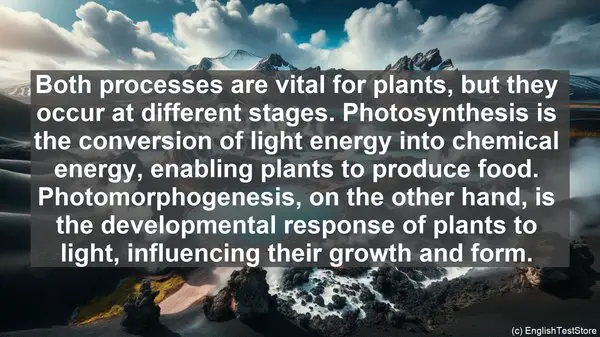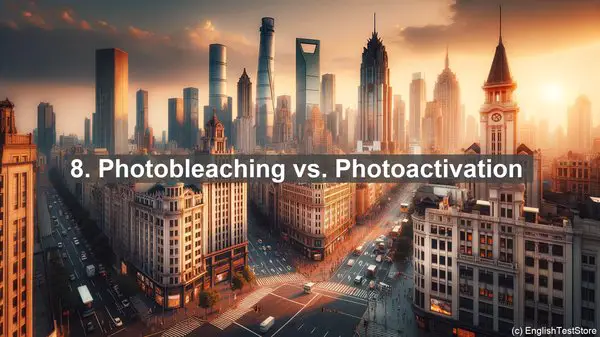Introduction to Photobiology
Before we delve into the confusing words, let’s quickly understand what photobiology is. It’s the study of how light affects living organisms, from plants to animals. This interdisciplinary field combines biology, physics, and chemistry to explore the intricate interactions between light and life.
1. Photoperiod vs. Phototropism
These two terms often get mixed up. Photoperiod refers to the duration of light and darkness in a 24-hour cycle, which plays a crucial role in seasonal changes. On the other hand, phototropism is the movement or growth of an organism in response to light, such as a plant bending towards the sun.
2. Fluorescence vs. Phosphorescence
Both fluorescence and phosphorescence involve the emission of light, but they differ in the time it takes for the light to be emitted after the absorption of energy. Fluorescence is almost instantaneous, while phosphorescence has a delayed emission, often lasting longer.
3. Absorption vs. Reflection
When light encounters an object, it can either be absorbed or reflected. Absorption occurs when the object takes in the light energy, while reflection is when the light bounces off the surface. Understanding these processes is crucial in various applications, from solar panels to photography.
4. Chromophore vs. Chromatophore
These terms are commonly used in the study of pigments. A chromophore is the part of a molecule responsible for its color, while a chromatophore is a specialized cell or organ that contains pigments, allowing organisms like chameleons to change their skin color.

5. Phototoxicity vs. Photoallergy
While both terms relate to adverse reactions to light, they have distinct mechanisms. Phototoxicity occurs when a substance, upon exposure to light, becomes toxic and damages the cells. On the other hand, photoallergy is an immune response triggered by light, often resulting in rashes or hives.

6. Photodamage vs. Photoprotection
In the context of photobiology, photodamage refers to the harmful effects of light, such as DNA mutations caused by UV radiation. Photoprotection, on the other hand, involves strategies employed by organisms to minimize such damage, like the production of protective pigments.
7. Photosynthesis vs. Photomorphogenesis
Both processes are vital for plants, but they occur at different stages. Photosynthesis is the conversion of light energy into chemical energy, enabling plants to produce food. Photomorphogenesis, on the other hand, is the developmental response of plants to light, influencing their growth and form.
8. Photobleaching vs. Photoactivation
These terms are often used in fluorescence microscopy. Photobleaching refers to the fading or loss of fluorescence signal over time due to excessive light exposure. On the contrary, photoactivation involves the deliberate initiation of fluorescence in specific regions of a sample.
9. Photoreceptor vs. Photosensor
Both terms refer to molecules or structures that detect light, but their scope differs. Photoreceptors are specialized molecules, like the rhodopsin in our eyes, that convert light into electrical signals. Photosensors, on the other hand, can be broader, encompassing various light-detecting systems in organisms.
10. Photobiology vs. Photochemistry
Lastly, let’s clarify the distinction between these two fields. Photobiology, as we’ve discussed, focuses on the biological effects of light. Photochemistry, on the other hand, is concerned with the chemical reactions and transformations that occur upon light absorption.
